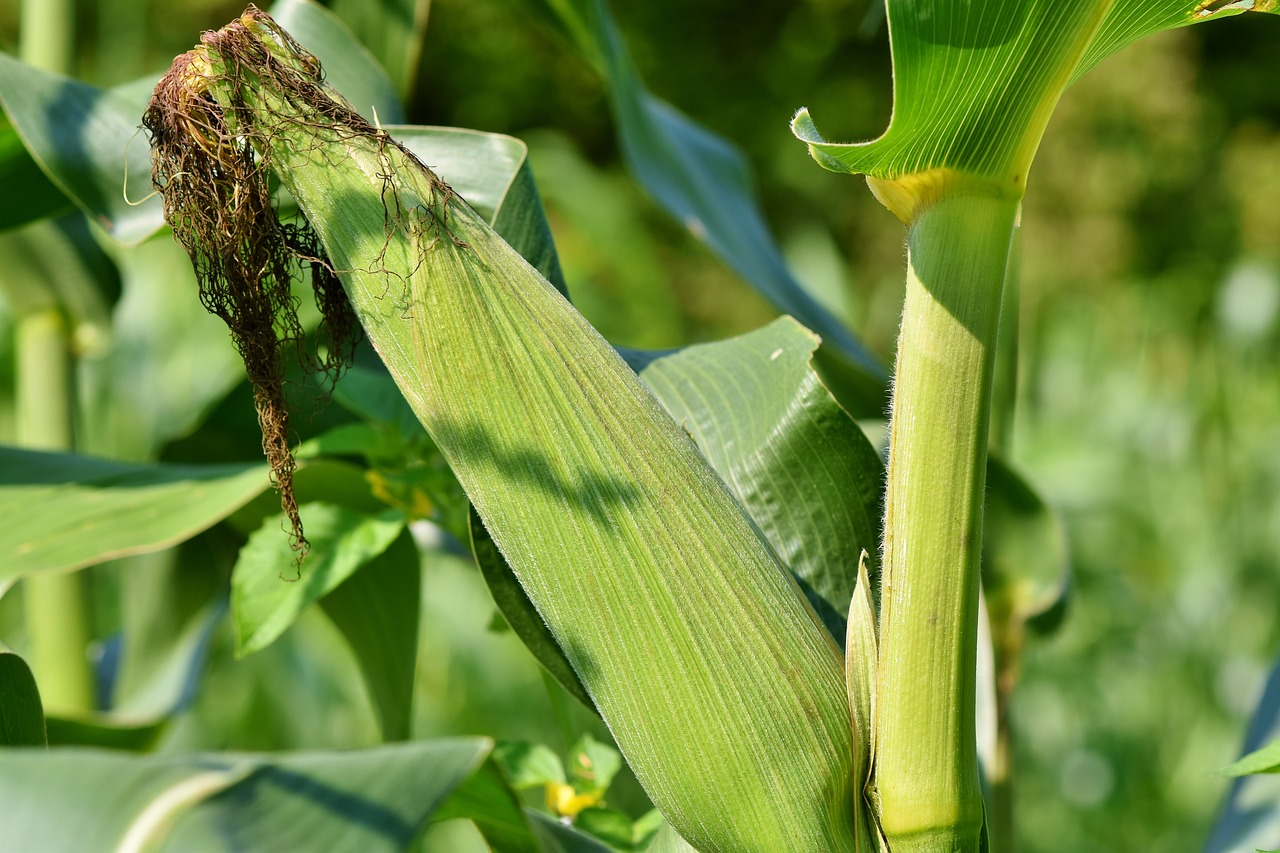Efforts towards managing the Maize Lethal Necrosis (MLN), a viral disease affecting maize, have contributed to reducing seed production losses from 33 percent to 16 per cent in the last four years, bolstering steady supply of maize seeds in the Eastern African region.
The efforts have saved 17 percent of seed initially lost to the disease that led to maize deficit in Kenya, Rwanda, Ethiopia, Tanzania and Uganda. “Challenges brought about by pests and diseases such as Fall armyworm (FAW), Striga weed and MLN require integrated management strategies to provide lasting and impactful solutions,” said Samuel Angwenyi, the MLN project coordinator at AATF.
He made the remarks at a side-event during the virtual 3rd Calestous Juma Executive Dialogue on Innovation and Emerging Technologies (CJED) held between 29th – 30th September 2020. The meeting was organized by the AUDA-NEPAD, the development agency of the African Union.
The CJED brought together experts across the continent to deliberate on ways to harness innovation and emerging technologies for transformation of African economy and chart ways for recovery and sustainability of African economies post-COVID-19 pandemic.
Angwenyi stated that a surge of new pests and diseases like FAW and MLN threaten to cause damages worth billions of dollars at a time when farmers in the region are beginning to embrace new technologies, innovate, increase productivity, and drive unprecedented progress across entire economies to improve their livelihoods.
“To implement MLN management approaches effectively, country specific MLN management checklists were developed by over 160 seed industry players including seed companies, breeders, and regulators,” Angwenyi observed.
He reported that farmers using MLN tolerant varieties are recording additional yield of over five tonnes per hectare in addition to increased grain production estimated at about US$1600 per hectare.
AATF is working with partners such as AGRA and CIMMYT to support the commercial seed sector in countries with regular cases of MLN disease to produce commercial seed that is free from Maize Chlorotic Mottle Virus (MCMV) that is a key cause of MLN disease. The partners are also promoting the use of MLN tolerant/certified hybrid seed by farmers.
The partnership is promoting 12 MLN tolerant varieties produced through various sources including the AATF coordinated Water Efficient Maize for Africa Project (WEMA), Kenya Seed Company, Kenya Agricultural and Livestock Research Organisation and Meru Agro.
The MLN disease has been effectively controlled in some developed countries through strategies that combine tolerant varieties, crop rotation, and introduction of maize free seasons to reduce the insect vector pressure that transmits the disease. However, in eastern Africa, the epidemic is aggravated by little access to MLN tolerant maize varieties by farmers and year-round cultivation of maize, allowing transmission via insect vectors, among others.

